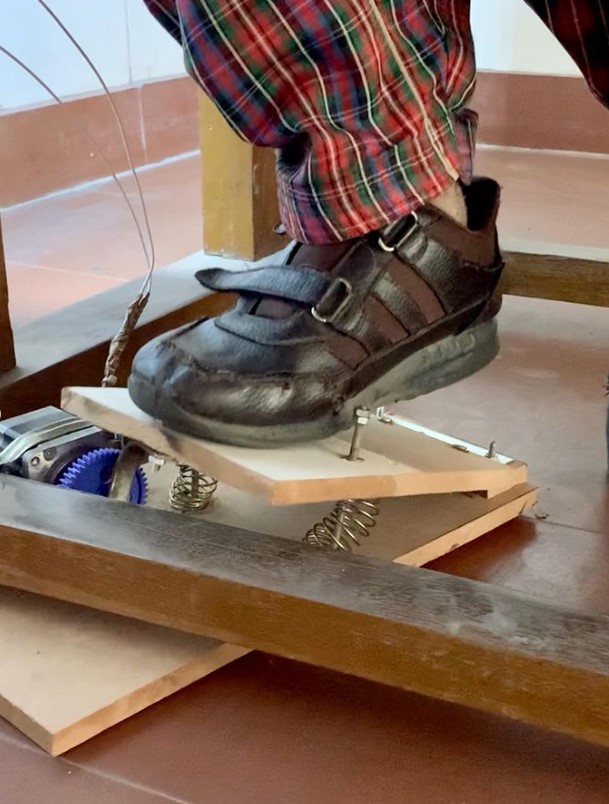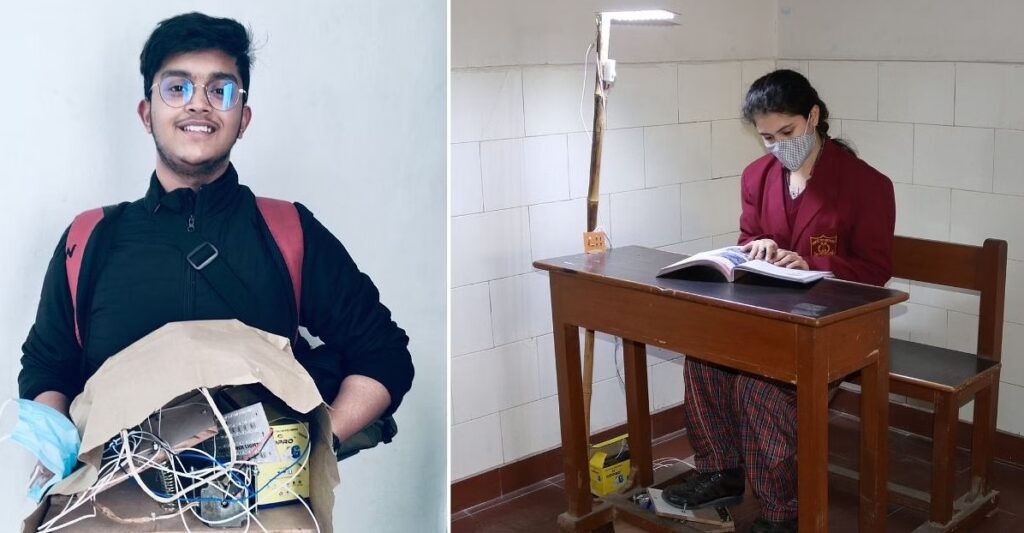Facing a problem and overcoming it with time isn’t a big deal, but taking that a challenge and solving it is what differentiates people. I felt this, while coming across this Indian student, who designed an electricity-generating table, that generates enough power to light a lamp.
Ashutosh Vashishtha, a 22-year-old Indian guy, grab the credits for innovating a table that generates enough electricity to power a lamp, using a simple science called ‘electromagnetism’.
Origin of the Idea
Lack of Electricity in Indian homes has been a hassle for decades, especially in rural areas of undeveloped status. In fact, around 23 million homes in India do not have access to electricity. The same is for the case for this design student Ashutosh Vashishtha’s grandparents’ home in a village.
It’s actually worse being a student, when you really want to finish the assignment or homework, but the power goes off. That’s where the idea was born. Reckoning the problem, Ashutosh, who pursues Industrial & UX Design in National Institute of Design, in Haryana, designed the 3D model of a table that generates its own electricity in a unique way in January 2020.
Being in the field, it helped him design the table – Ujala, that’s what he names it (meaning light in Hindi).
“Once the 3D design went viral on social media, one of my professors asked me to design a proof of concept. However, before I could begin any work, the lockdown was announced and I could not procure the materials required,” says Ashutosh.
In June 2020, Ashutosh started to design the prototype with help from his close friend, who is a mechanical engineering student. The prototype costed him just Rs.1,500 to collect the required electricity-generating parts.


The model included a see-saw like pedal made from wood, placed under the table, which is connected to a battery and then to a LED light via a bamboo stick, as bamboos are good conductors of electricity. It works on the principle of electromagnetism, meaning – by creating a continuous movement of magnetic field around a coil, electricity is generated which is stored in a battery and then used to power the lamp.
The idea is, one has to constantly press the pedal, like pressing the brake pedal in cars, which causes an electromagnetic field to perform the required task of producing electricity. Ashutosh used locally available resources for his table to support rural artisans.
The Table Worked Successfully
Ashutosh then approached Darbari Lal DAV Model School, Delhi where he graduated from to test his system. The school accepted his request and providing him a study table for the testing. “The System Worked. The rhythmic movement of pedaling, not only improves a student’s focus but also provides light to study,” Ashutosh added.
One minute of pedaling would light the lamp up for 10-15 minutes.
Users can also adjust the intensity of light for different uses.
Related Posts
In Villages
The system was tested on a single table from a modern school in the city. To fit in rural areas where there might not be any tables and where students might have to sit on the floor, Ashutosh designed seating arrangement as circular, with each table placed at 180 from the next, having its own pedal and LED light, so that it forms a circular seating of students. This also creates ample space in the center for teacher to move around and teach the class. “However, to bring this design to life, I will require external funding as I have to design the tables too,” says Ashutosh, who now works as a Designer in Microsoft.
What you think of this design? Comment down!






